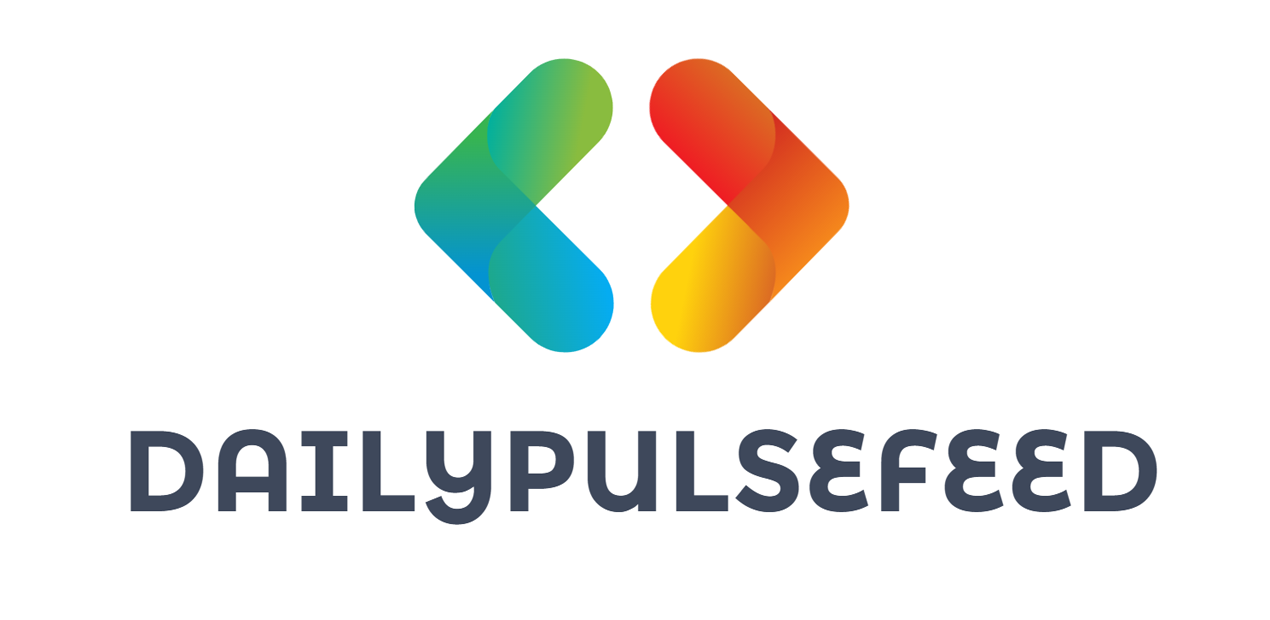Pharma's Power Play: Inside Big Pharma's Strategic Roadmap for a Potential Trump Comeback

Pharmaceutical companies are pushing for a strategic shift in healthcare policy, advocating for stricter oversight of pharmacy benefit managers (PBMs) while simultaneously championing drug innovation and improved patient access to critical treatments. The industry seeks to address the complex challenges that currently limit patients' ability to obtain life-changing medications, calling for reforms that balance cost management with breakthrough medical advancements.
Drug manufacturers are increasingly vocal about the need to transform the current healthcare landscape, arguing that current PBM practices often create unnecessary barriers to patient care. By targeting these intermediaries and promoting a more transparent, patient-centric approach, the industry hopes to create a more efficient and accessible healthcare ecosystem that prioritizes innovative treatments and patient well-being.
The proposed approach aims to strike a delicate balance between controlling healthcare costs and ensuring that patients can readily access the most advanced and effective medical treatments available. As the pharmaceutical sector continues to drive medical innovation, these efforts represent a critical step toward reimagining how healthcare services are delivered and managed.
